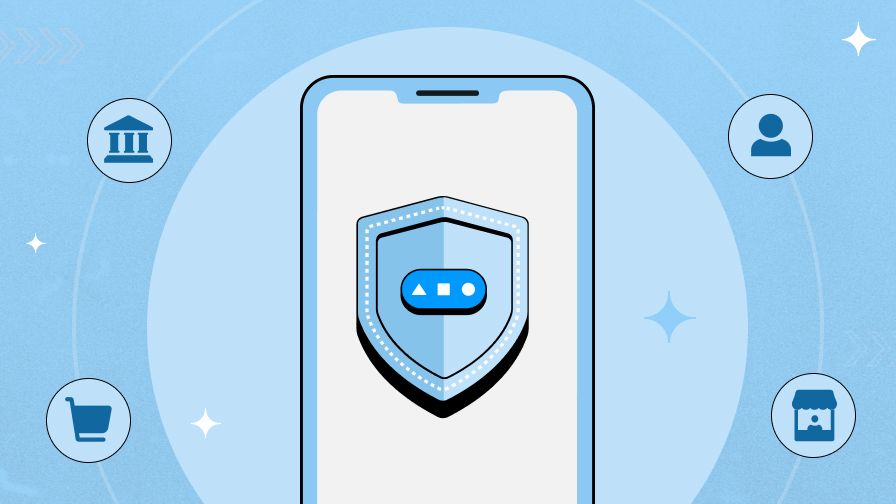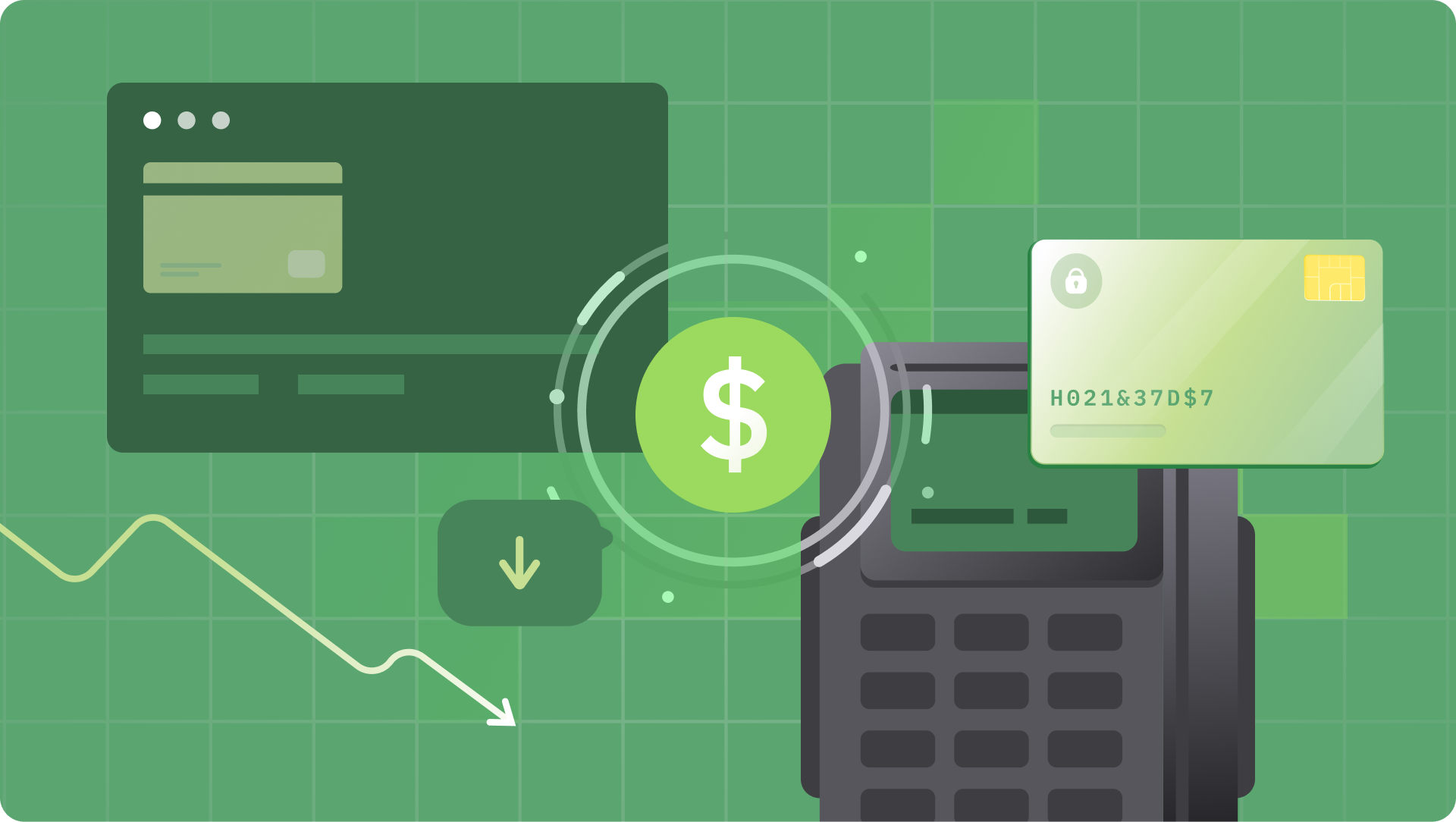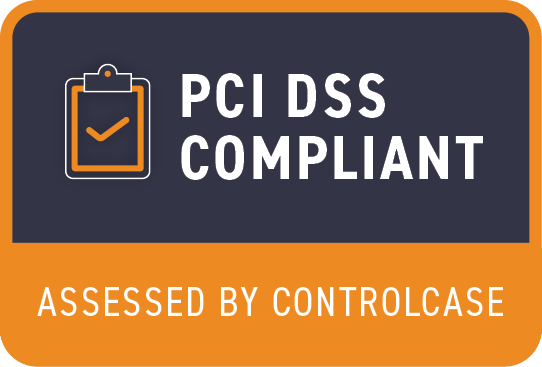The way we shop and pay for things has changed a lot because of the internet. But because of this, the instances of online payment fraud have also increased. As more and more people buy things online, cybercriminals are getting smarter and making it harder to tell when something is wrong. To keep your money safe when you shop online, it's important to understand the risks and know how to spot signs of trouble. Here's a detailed look at how to do that.
The Growing Threat: Quantifying the Impact of Online Payment Fraud
Online payment fraud is only getting bigger in scale with time. It causes huge financial losses for businesses across industries every year. For regular people, this can mean facing unauthorized charges or even identity theft. As more businesses use online platforms to reach more customers, fraudsters are taking advantage of weaknesses in the system. This is why we need to come up with smart ways to fight online payment fraud and protect both businesses and customers.
To quantify the impact in numbers, according to Juniper Research, merchant losses in 2023 due to online payment fraud was $38 billion and this number is projected to increase to $91 billion by 2028 globally.
According to 360i Research, the global online fraud detection and prevention market is estimated at $57.51 billion as of 2024 and the market could be worth $186.82 billion by 2030.
Reasons Why Online Payments Attract More Fraud
The very nature of online payments makes them vulnerable to fraud. Traditional payment methods often need face-to-face interactions and physical verification, but that’s not the case with online transactions. The anonymity of the digital world helps cybercriminals cover their tracks better. It’s become so easy to create fraudulent accounts, and considering the global reach of online platforms, cybercriminals have fertile ground to thrive.
Moreover, the sheer volume of online transactions, numbering in the billions each day, makes it virtually impossible for businesses to scrutinize every payment manually. This creates a significant challenge for merchants, as even a small percentage of fraudulent transactions can translate into substantial financial losses. It's a constant race against time. Businesses are struggling to implement robust security measures to stay one step ahead of smart fraudsters.
Spotting Online Payment Fraud: Merchant's Guide to Common Threats
For merchants, vigilance is the first and most crucial line of defense against digital payment fraud. By familiarizing themselves with the telltale signs of fraudulent activity, they can significantly reduce their vulnerability. These red flags often manifest as inconsistencies in customer information, such as mismatched billing and shipping addresses, or unusually large orders that deviate from typical purchasing patterns.
Multiple orders originating from the same IP address can also be a sign of fraudulent activity. In addition to these warning signs, merchants should pay close attention to customer behavior. Hesitancy during the checkout process, requests for unusual shipping methods, or attempts to bypass security measures can all be indicators of potential fraud.
Merchants can thwart fraudulent transactions before they result in financial losses by training staff to recognize these red flags and empowering them to take swift action.
Most Common Types of Online Payment Fraud
Digital payment fraud is constantly evolving, with fraudsters continually devising new ways to dodge security measures. This cat-and-mouse game between merchants and cybercriminals calls for a deeper understanding of the various fraud types.
According to Global Fraud Report 2023 by cybersource, the top 4 forms of online payment fraud are Phishing/Pharming/Whaling(43%), Friendly Fraud(34%), Card Testing(33%) and Identity Theft(33%). The number in the brackets indicates the percentage of merchants experiencing the type of fraud who participated in the study.
Card-not-present (CNP) Fraud: In this type of fraud, the stolen card information is used for online purchases and this remains a significant threat. This type of fraud often involves phishing scams, where unsuspecting individuals are tricked into revealing their card details, or data breaches, where cybercriminals infiltrate corporate systems to steal sensitive customer data. The stolen information is then used for unauthorized transactions, leaving victims to deal with financial losses and identity theft.
Account Takeover Fraud: where fraudsters gain unauthorized access to customer accounts, is another major concern. This can occur through various means, such as phishing, malware infections, or brute-force attacks on login credentials. Once inside an account, fraudsters can wreak havoc, changing passwords, updating personal information, and siphoning funds through fraudulent transactions. Often, victims are unaware of the breach until they notice unauthorized charges or discrepancies in their account statements.
Friendly Fraud: Also known as chargeback fraud, in this scenario the customer makes a legitimate purchase but then fraudulently disputes the charge with their bank or credit card company, claiming they never received the goods or services. While some instances of friendly fraud may be genuine mistakes, others are deliberate attempts to defraud merchants. This type of fraud is particularly challenging for merchants, as it can result in financial losses, increased chargeback fees, and damage to their reputation.
Additionally, merchants need to be aware of newer fraud tactics, such as
Triangulation Fraud: In this scheme, fraudsters set up fake online stores to lure unsuspecting customers. When a customer places an order, the fraudster uses stolen credit card information to purchase the same item from a legitimate retailer, pocketing the profit while the victim's card is charged. Triangulation fraud is particularly insidious because it can be difficult to detect, as the initial transaction appears legitimate to the merchant.
It's really important for businesses to know about the different ways people try to cheat when making payments online. By learning about them, they can put specific plans in place to prevent this from happening. They can even teach their customers about the dangers and make online shopping safer for everyone.
Here’s how you can tackle payment fraud with Hyperswitch
The Hyperswitch Fraud and Risk Management (FRM) platform offers a comprehensive Unified API designed to cater to your specific payment validation needs, effectively enhancing fraud protection within your payment ecosystem with the following benefits.
Processor-Agnostic Integration: Single API connect lets you seamlessly connect with an FRM solution of choice.
Customized Fraud Strategies: Enables users to adjust fraud prevention measures by allowing them to select between Pre-Auth and Post-Auth checks based on specific payment methods and connectors.
Unified Dashboard: A consolidated interface that displays all flagged transactions, making decision-making on potential frauds a breeze.
Real-Time Alerts: Immediate notifications are sent when potential fraudulent activity is detected, ensuring quick action and minimal losses.
Insightful Analytics: Detailed reports on fraud patterns help inform decisions and strategy adjustments.








